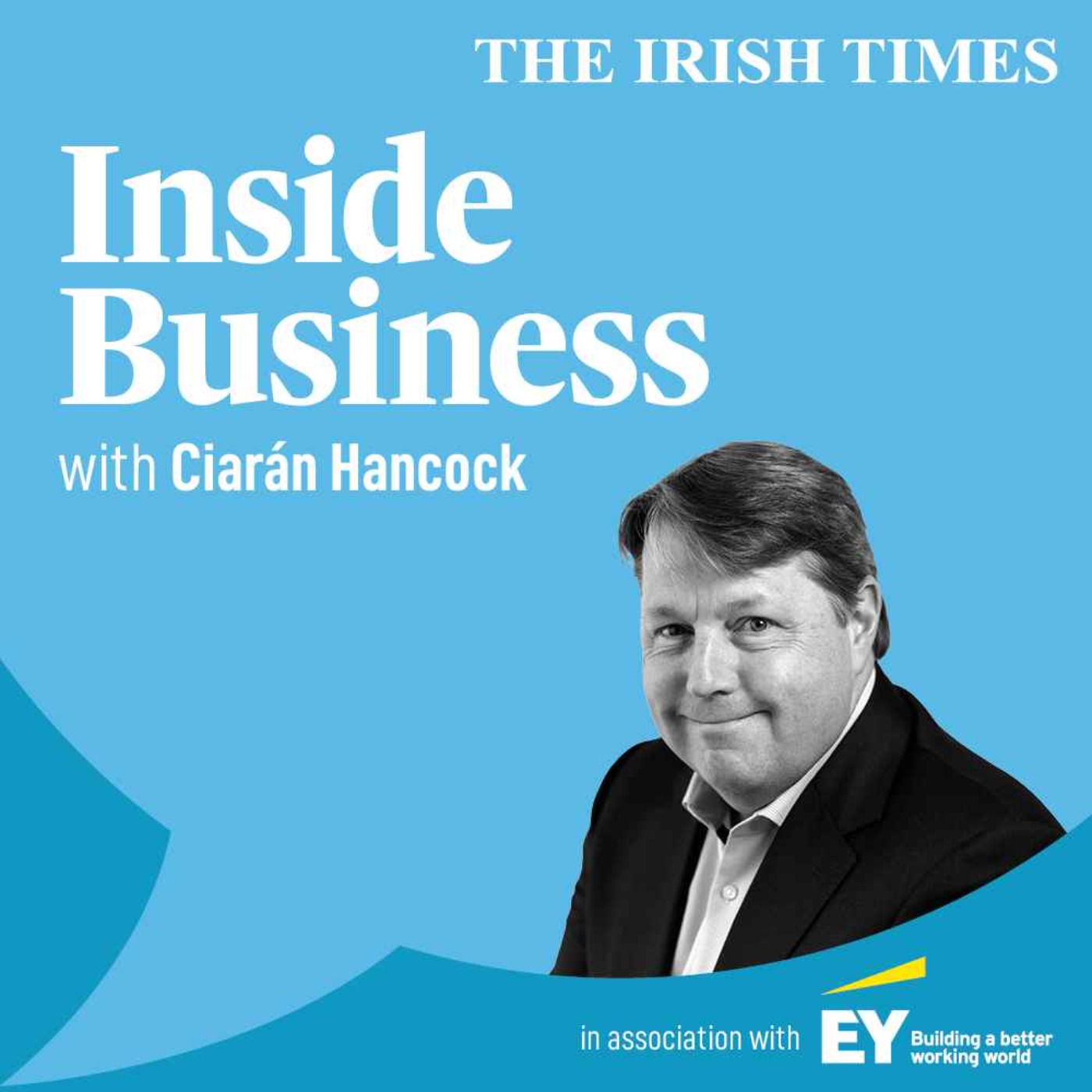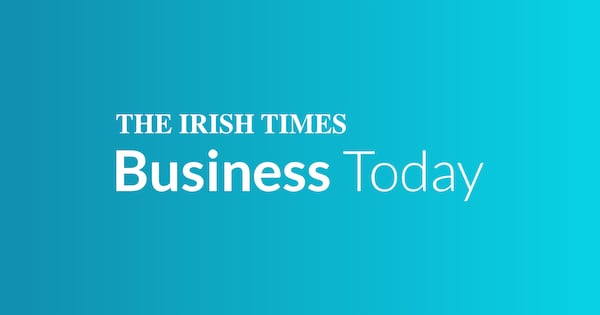A €9.4 billion tax and spending package will form the foundation of the upcoming budget, the Government said on Tuesday in its summer economic statement (SES).
The Coalition warned, however, it may have to “recalibrate” its strategy, reducing the size of the overall package, if there is a “deterioration in the tariff landscape” over the coming months.
Budget 2026 will include additional spending of €7.9 billion – an increase of 7.3 per cent annually, well above the Government’s 5 per cent spending rule – and tax cuts amounting to €1.5 billion.
Of the €7.9 billion spending package, €5.9 billion is being set aside for current expenditure, with capital expenditure rising by €2 billion.
READ MORE
The SES, which sets out the spending parameters for the budget, was approved by Cabinet earlier on Tuesday, the same day the Coalition published its revised National Development Plan.
In a joint statement, Minister for Finance Paschal Donohoe and Minister for Public Expenditure Jack Chambers said Budget 2026 will be “framed around investment rather than consumption”.
[ Ireland’s €156bn tax windfall: Where has it gone?Opens in new window ]
However, the Government’s plans may have to be recast over the coming weeks due to the shifting tariff landscape and heightened trade tensions between the US and the EU.
“If there is a deterioration in the tariff landscape, Government will recalibrate its fiscal strategy – reducing the quantum of the budgetary package – in order to ensure that the public finances remain on a sustainable trajectory,” the Coalition said in the SES document.
The SES figures are based on the Government’s spring economic forecasts, which were prepared in March, before US president Donald Trump unveiled his so-called liberation day tariffs package.
That means the spring forecasts and the SES assume a more benign tariff scenario than currently envisaged.

David McWilliams on how ‘big incentives’ to build could save Dublin city
Consequently, Minister for Finance Paschal Donohoe said the Coalition will have to assess the parameters set out in the SES in September to ensure it “remains appropriate”.
Mr Donohoe said any cuts in the spending envelope would be on the current rather than the capital expenditure side, but would not go into the details.
Sinn Féin finance spokesman Pearse Doherty said the SES is “probably lighter on detail than ever before”.
Speaking to reporters on Tuesday afternoon, the Donegal TD said: “We had a challenge with that last year, and now this one becomes worse in terms of the detail being provided. That’s not good enough.”
Mr Doherty said it was “not acceptable” that Budget 2026 will not include a cost-of-living package for households.
The SES comes against a backdrop of warnings from the Central Bank and State spending watchdog the Irish Fiscal Advisory Council (Ifac) about the trajectory of Government spending.
In its latest fiscal assessment report, Ifac said in June that current spending grew at a rate of 5.9 per cent during the first five months of this year amid higher-than-expected spending on education, health and justice when the Government forecasts are for a full-year increase of 1.4 per cent.
The Central Bank, meanwhile, has repeatedly told the Coalition that it must strengthen Ireland’s fiscal position in preparation for what could be a permanent hit to economic output stemming from shifting US trade policies.
In his pre-budget letter to Mr Donohoe, Central Bank governor Gabriel Makhlouf warned last month that public spending will need to increase by around €265 billion over the next 25 years to pay for an ageing population, more housing and cutting emissions.
Amid what he described as “heightened uncertainty” around the global economy, Mr Makhlouf urged the Government to broaden the tax base, amid concerns about how reliant the exchequer is on a small number of companies and individuals to maintain its tax revenue.
















